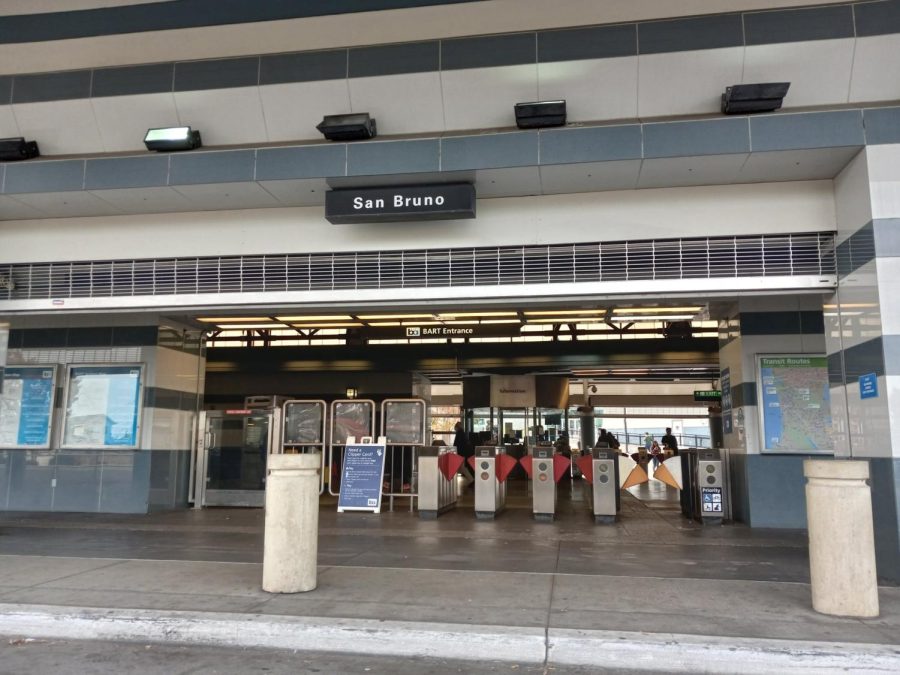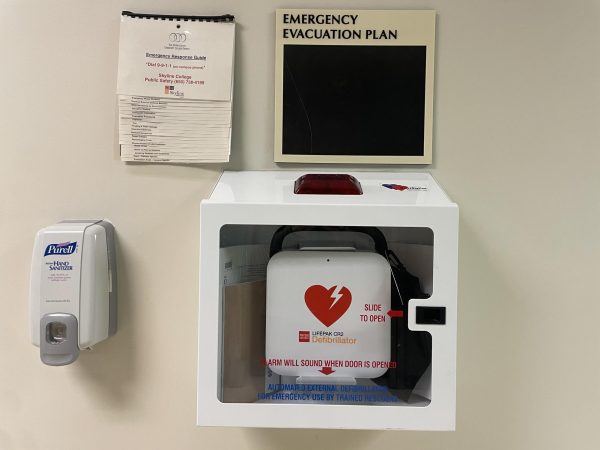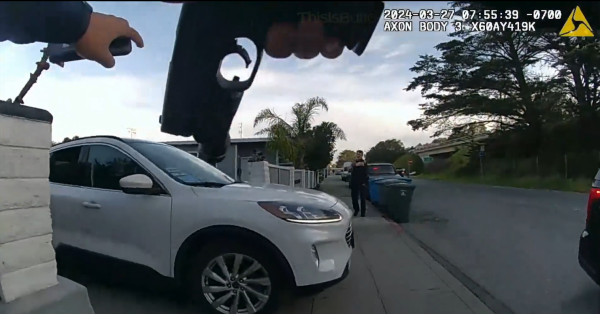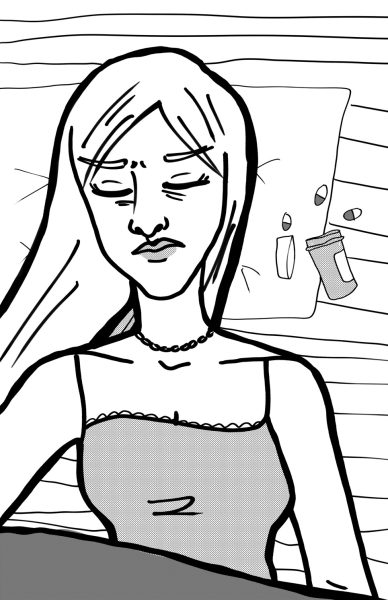The Necessity of Public Transportation
BART has seen decreased ridership since the pandemic began in 2020, but funding could make the transit system more enticing.
California needs to prioritize funding for public transportation as soon as possible.
In 2008, Californians voted to build an ambitious project that would take riders from the Bay Area to Los Angeles via high-speed rail in under three hours. In the 14 years since this vote, little has been done to reach this goal. California has been and continues to be notoriously slow-moving in building infrastructure despite receiving federal and local funding.
But this isn’t just an issue that California faces; it is a nationwide problem. The United States, when compared to many European and Asian countries, has an aging train system in the form of Amtrak and other local rails.
The slow pace of building can’t be blamed on the size of the country alone, as the aforementioned California High-Speed Rail’s phase, 1, would only span 500 miles because Japan, China, and Europe also famously have lines with similar lengths. The Japanese J-rail took five years to complete its initial line.
More than funding is needed. Local governments should do more to publicize the accessibility and affordability of buses and BART. By getting drivers comfortable with public transport, they can increase income and ensure public transportation is self-funded.
COVID-19 did much to dissuade passengers from taking BART. As a result, most workers still take cars to their jobs compared to other metro areas, meaning the state and local governments will be starting from a more difficult position than other countries regarding getting people to take public transit.
However, living in one of the world’s most densely populated metro areas, creating better, affordable transportation is imperative.
One in five African Americans and one in 10 Hispanic and Asian Americans don’t own a car, making public transportation a particularly pressing issue for marginalized groups. Public transportation also remedies the difficulties some disabled people have concerning transport.
In 2022, California spent a little under $20 million on transportation, comparable to how much the state spent on prisons annually. Therefore, our priorities should be tweaked because these issues are related. In fact, a study by the University of Pennsylvania found that an increase in transit led to lower crime rates due to the development around transit.
Transportation is a considerable cost burden to the working class. Tackling these costs by offering a low-cost public alternative would help people’s socioeconomic conditions that lead them to commit crimes in the first place.
To increase accessibility, provide underfunded neighborhoods with development, and supply economic relief to middle and working-class residents, the state and local governments must prioritize funding for transportation.















Iftheybuildit • Nov 19, 2022 at 9:43 am
California is building high speed rail but right of way acquisition takes a while